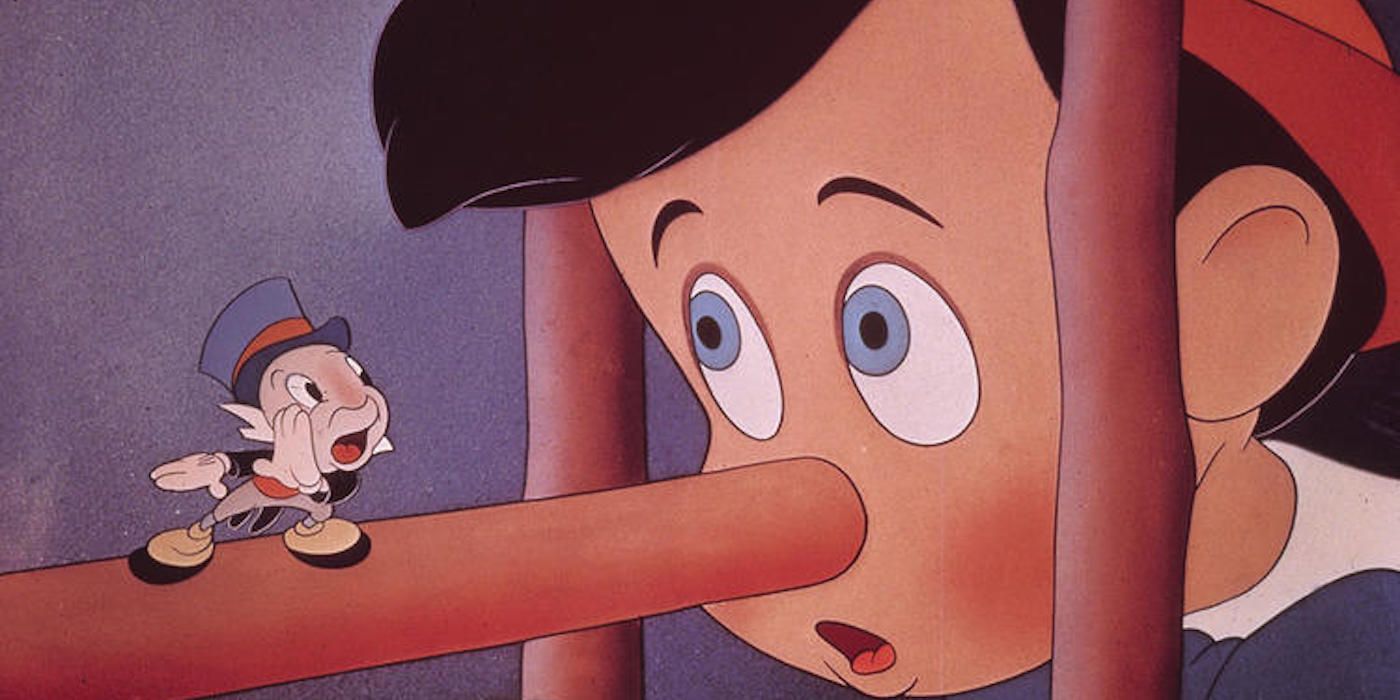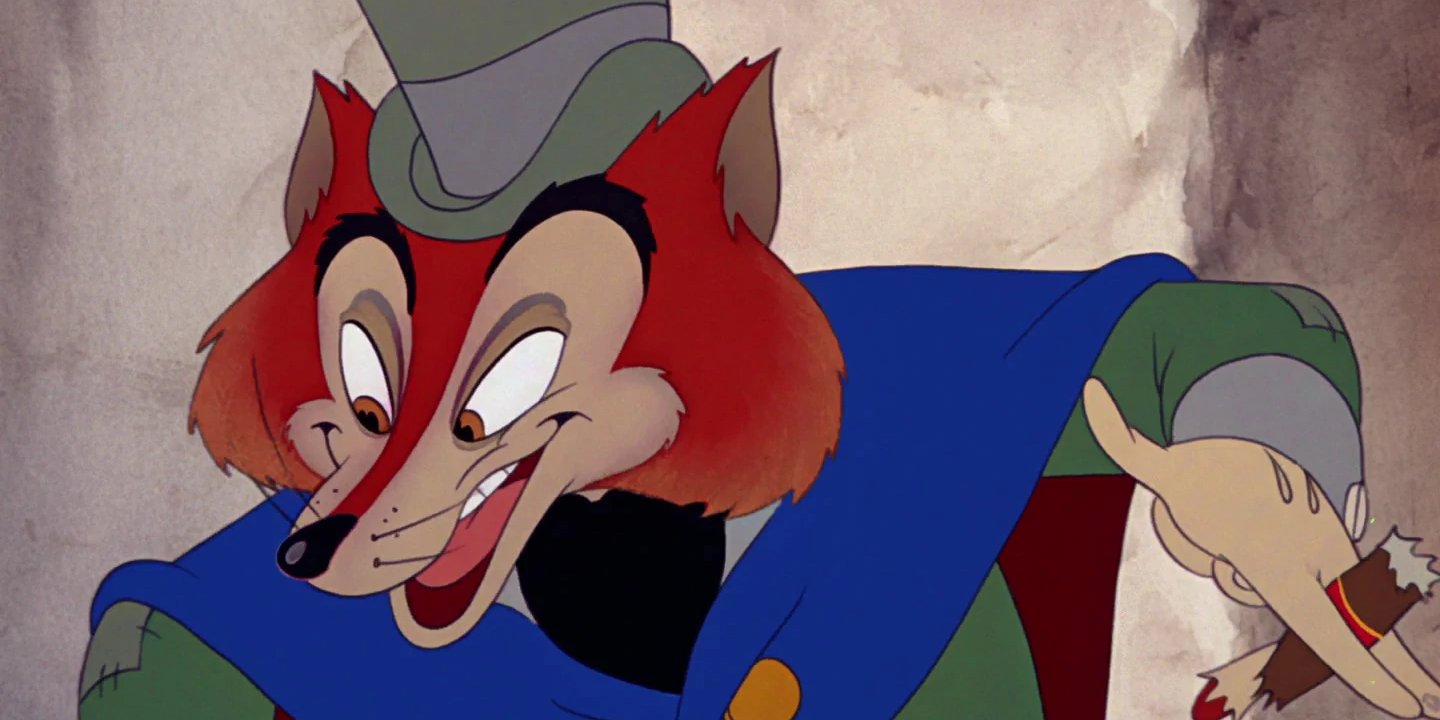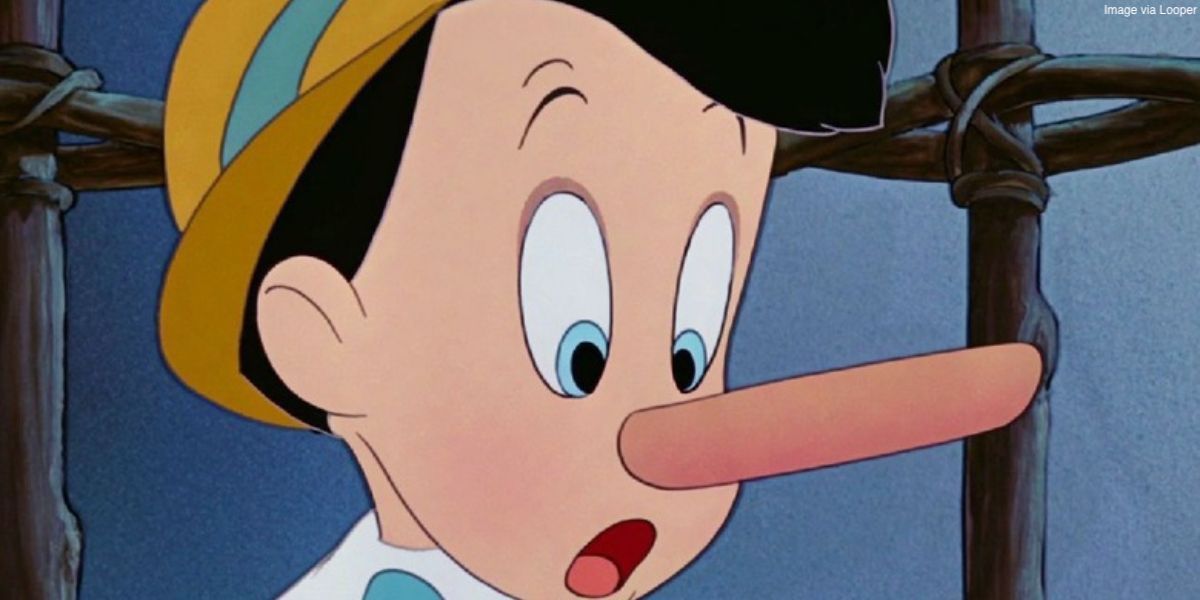Disney continues its string of live-action remakes with Robert Zemeckis’ Pinocchio, set to be released on Disney+ September 8th. Disney’s first adaptation of the story came in 1940, and was only the second animated feature Disney produced after Snow White and the Seven Dwarves in 1937. The living puppet was first created by Italian author Carlo Collodi in his children’s novel The Adventures of Pinocchio which was published in 1883 after beginning as a serial between 1881 and 1882. The book has become one of the most translated books in the world, and has inspired countless adaptations on the stage and screen. Disney’s 1940s version remains the most iconic adaptation despite how much it detracts from the original novel, and many still consider it to be one of the best animated movies of all time. It continues to delight audiences all around the world as animated Disney movies so often do, but what has held up best of all is all its most horrifying aspects. While better known for their family-friendly movies, Disney has on occasion produced some nightmare-inducing animations and, undoubtedly, Pinocchio is the scariest of them all.
Pinocchio Switches From Charming to Sinister With a Single Line
The movie opens with the cheery, chirpy Jiminy Cricket (Cliff Edwards) telling an endearing tale about wishes coming true. Jiminy has become one of Disney’s most legendary characters, and his intelligence and quick wit make him an engaging narrator. We are then introduced to the elderly whimsical woodworker Gepetto (Christian Rub) who, along with his clingy cat Figaro (Clarence Nash) and his playful goldfish Cleo (Pinto Colvig), provide a lot of laughs in the movie’s early stages. The entire first third is nothing short of charming and delightful, but that all changes when Honest John (Walter Catlett) and Gideon the Cat (Mel Blanc) march onto the screen. The second Honest John eagerly cries out “A wooden boy!” upon seeing the walking talking puppet is the precise moment the movie’s tone switches. Much of the comedic moments are provided by the dim-witted Gideon, but other than that, there is a very sinister shadow cast over the formerly pleasant animation. At an almost rapid-fire pace, the movie tackles several disturbing topics including abusive behaviour, kidnapping, and slavery. This is all fairly disguised and implied in a way that may go over younger audiences' heads, but the way real-life fears and threats suddenly surround the innocent, simple-minded puppet is genuinely alarming. It is a nihilistic perception of a child’s world, and how easy it is for ill-intentioned individuals to shamelessly rip away a child’s purity.
Seeing the big-toothed, jolly puppet master Stromboli (Charles Judels) go from laughing and hugging Pinocchio (Dickie Jones) to suddenly shoving him into a cage is the stuff of nightmares, and Pinocchio’s terrified tears are hugely affecting, but the most frightening sequence takes place on the mendaciously named Pleasure Island. Once again, Honest John and Gideon are involved, this time convincing Pinocchio to go on vacation to Pleasure Island despite knowing dreadful consequences await him there. They do not know what exactly Pleasure Island has in store for him, but they are alarmed by a menacing Coachman who persuades them to bring him disobedient boys. Honest John and Gideon are certainly the least intimidating villains in the movie, but they are the ones responsible for putting Pinocchio in the most dangerous situations. The pair of them are cowardly and often comedic whereas the Coachman and Stromboli are downright cruel and twisted.
Once Pinocchio Gets to Pleasure Island, the Torment Continues
When Pinocchio arrives onto Pleasure Island, he befriends an ill-mannered, mischievous boy named Lampwick (Frankie Darro) who, like the rest of the boys, is turned into a donkey. The way the movie teases this is very unnerving with a frustrated Jiminy storming away from Pinocchio and Lampwick and discovering the once bright, lively island to be empty. He investigates a little further until he comes across the Coachman taunting and whipping a gathering of donkeys, and throwing them in crates. The realisation hits Jiminy when one of the donkeys speaks and begs for its mother that the boys have all been turned into donkeys, and are to be sold into slave labour. One of the most horrifying shots in the movie shows the Coachman’s towering shadow engulf a gathering of screaming donkeys. However, probably the scariest moment comes when the movie shows Lampwick’s drawn-out painful transformation. Comparable to the transformation in the R-rated An American Werewolf in London, the traumatising scene is full of immensely distressing imagery, and excruciating voice work which brilliantly amplifies the moment to harrowing heights.
Shockingly, the 1940 Movie Remains a Toned-down Version of Its Source Material
The book is even darker and mean-spirited, and features many more seedy antagonists. Characters' personalities were altered greatly, most notably Pinocchio himself and Jiminy. In Disney’s version, Pinocchio has a childish curiosity and naivety which is either used for comedic effect or to make him vulnerable to villains. Other than the famous nose-extending lie he tells, he is never particularly odious. More often he is taken advantage of by cruel or money-hungry adversaries. The novel depicts him as more obnoxious and short-tempered, and his change in personality was at the request of Walt Disney who feared he would be too unlikeable as a protagonist. Jiminy is an original character based on an unnamed talking cricket who tries and fails to advise Pinocchio in the book. In Collodi’s book, Pinocchio ends up killing the cricket with a hammer, and all of his subsequent appearances in the novel are as a ghost. As with a lot of Disney animations, Pinocchio is very much a loose adaptation of its source material. Another adaptation is also scheduled to be released this year, this version being a stop-motion animation from visionary director Guillermo del Toro. Never one to shy away from darkness, del Toro’s version is said to be an intentionally darker take on the story, and may well capture the tone of Collodi’s novel closer than any other adaptation.
The movie’s climax which sees the protagonists swallowed up by a giant whale would ordinarily be strong for an animation for all ages, but it is incredibly tame compared to the events in the middle of the movie. Despite the apparently happy ending, the fate of the unfortunate boys on Pleasure Island is never revealed, but it can only be assumed that it is thoroughly unpleasant. In Collodi’s original story, Lampwick (known as Candlewick in the novel) remains a donkey and dies from exhaustion after he is overworked by the farmer he is sold to.
While an accurate interpretation of the book may have been too much for Disney’s target audiences, Pinocchio still pushed boundaries. The sudden tonal shift is very impactful, and there are many moments in the middle third which belong in the horror genre. The good-natured humor does just about enough to balance the movie out in order for it to qualify as family-friendly, but Pinocchio will always be Disney at its most terrifying.



